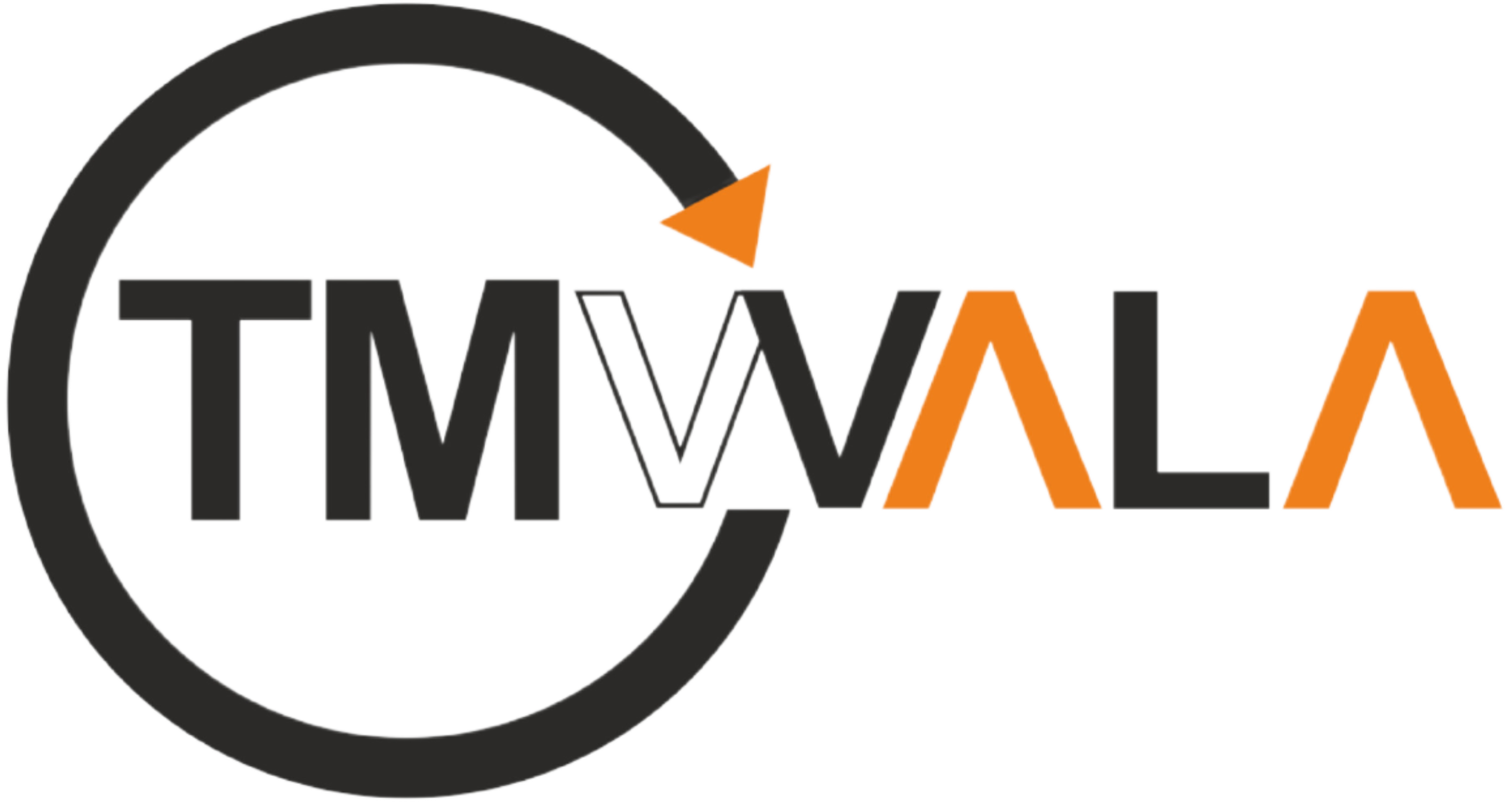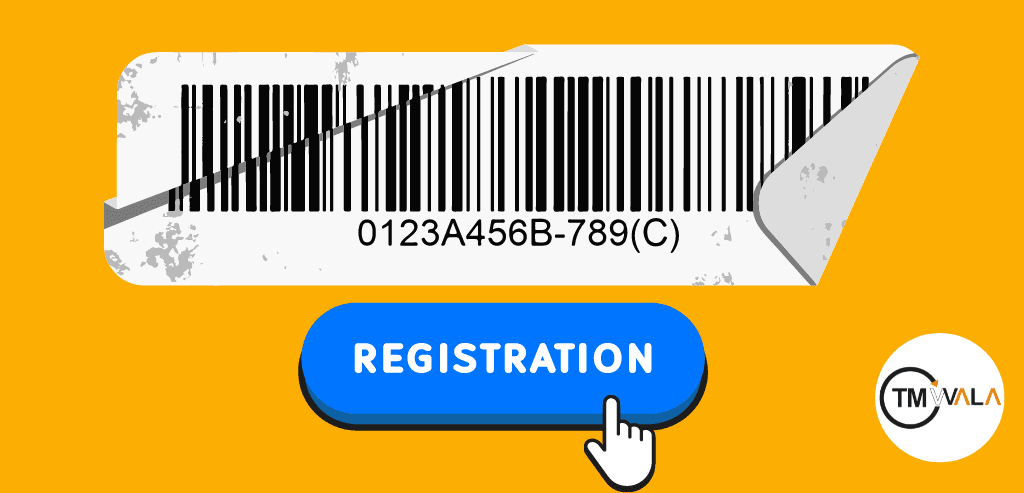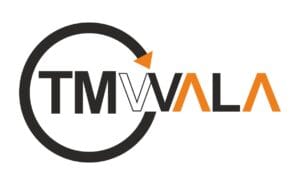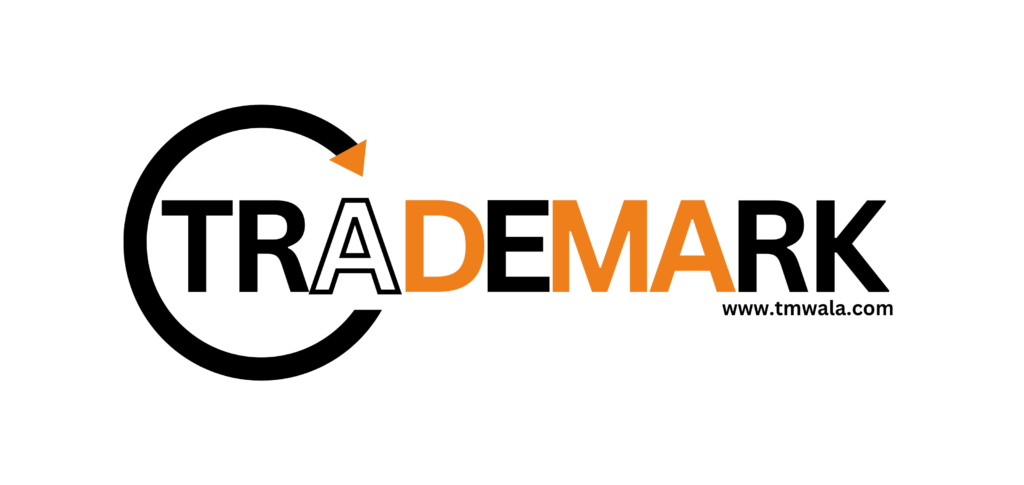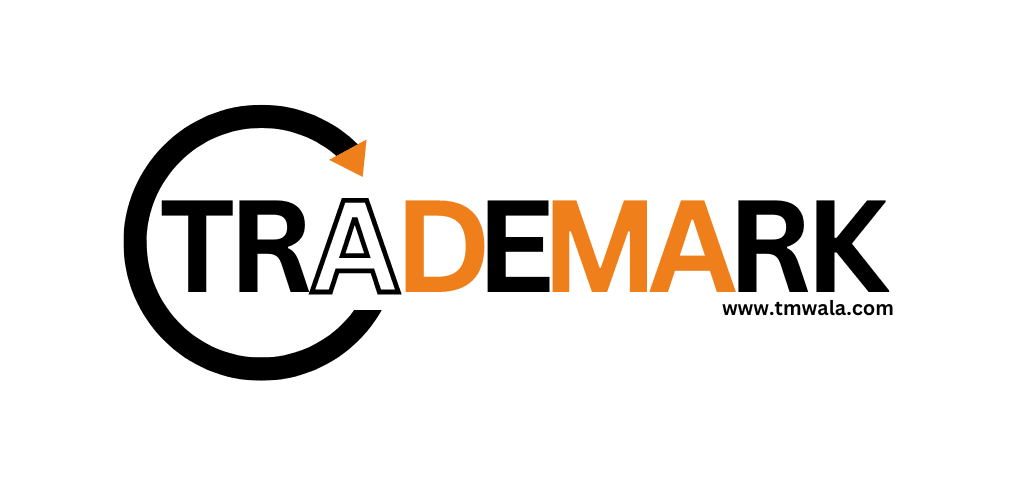What is a barcode?
Barcodes, which use numerical data and pictorial depictions of parallel lines to convey important product features like batch and serial numbers, are indispensable tools in modern business. They are essential to many different industries, such as manufacturing, logistics, retail, and healthcare. By enabling precise inventory control, effective tracking of logistics, and automated checkout procedures, barcodes simplify operations. Error reduction, cost-effectiveness, time-saving features, and global standardization—which guarantees interoperability across various systems globally—are some of their advantages.
Barcodes not only improve productivity but also help with sustainability initiatives by reducing paper waste via electronic scanning. Barcode registration which are essential to supply chain management, keep businesses running more smoothly and accurately by facilitating smooth product identification and traceability from manufacturing to customer purchase.
What do we need Barcode registration?
In addition to their operational benefits, barcodes are integral to barcode registration processes that ensure their effective use in commerce. Barcode registration involves assigning unique identifiers to products, which are encoded into the barcode’s pattern of lines and digits. This registration is crucial for maintaining accurate inventory records, tracking product movement across supply chains, and complying with industry standards.
By registering barcodes, businesses establish legal ownership of product identifiers and ensure their adherence to global and local regulations. Moreover, barcode registration facilitates interoperability across different platforms and systems, enabling seamless scanning and data retrieval in diverse business environments. This systematic approach not only enhances supply chain efficiency but also reinforces product authenticity and consumer trust through reliable identification and traceability mechanisms.
Why Do Businesses Use Barcodes?
Barcodes serve a multitude of purposes across various industries, revolutionizing how businesses manage operations and enhance efficiency.
- Inventory Management: Barcodes are crucial for large retailers and department stores to track products throughout their lifecycle, from manufacturing to sales, ensuring accurate inventory management through proper barcode registration.
- Asset Tracking: Businesses utilize barcodes to tag and monitor IT assets efficiently, integrating with asset management software to track equipment location and status.
- Returns Tracking: In e-commerce, barcodes facilitate returns tracking processes, enabling businesses to manage product returns seamlessly and track customer payments effectively.
- Diverse Applications: Barcodes are not limited to retail; they are also used in evidence tracking, animal tagging, and even in sports events like Motocross races for checkpoint tracking.
- Efficiency and Accuracy: Barcodes reduce errors associated with manual data entry and enhance operational efficiency by quickly retrieving product information from databases, thereby improving overall business performance and customer service.
Barcode’s versatility and reliability make them indispensable tools across various sectors, supporting streamlined operations and enhanced data management capabilities.
What are the Types of Barcodes?
- EAN-13: A 13-digit barcode that is used in Europe, India, and other parts of the world. It was formerly known as the European Article Number.
- A 12-digit barcode that is often used in the US, Canada, UK, Australia, and New Zealand is called the Universal Product Code, or UPC-A.
- Databar Barcodes: Used specifically on fresh food items, these barcodes hold information such as weight, expiration dates, and batch numbers.
- 1D barcodes: GS1-128 and ITF-14 are two examples that are useful for tracing products across the supply chain on a global scale. ITF-14 contains the Global Trade Item Number (GTIN) and is appropriate for corrugated materials, whereas GS1-128 contains ID keys and extra data such as serial numbers and expiration dates.
- 2D barcodes are sophisticated barcodes that have the ability to store large amounts of data, including videos, URLs, and more. They are compatible with a wide range of software applications, including MS Office and databases, and can store up to 7000 digits or 4000 characters.
Proper barcode registration ensures the correct classification and usage of each barcode type based on business needs.
Some of the most commonly used barcodes are:
Procedure for Barcode Registration in India
The organization in charge of barcode registration in India is GS1 India. The following steps are included in the online registration process:
- Complete the application: Go to GS1 India’s website and fill out the application.
- Add Documents That Are Relevant: Give the required supporting paperwork.
- Select the Type and Quantity of Barcodes: Decide the kind and quantity of barcodes are needed.
- Verify Specifics: Examine and verify every entry made.
- Pay Any Relevant Fees: Pay using the method specified by the fee schedule.
- Monitor Status: Check the online application status.
Required Documents for Barcode Registration
To register for a barcode, you typically need the following documents:
- Request Letter: A formal letter requesting the allocation of a barcode.
- Identification Proof: PAN card of the business entity.
- Financial Documents: Copy of the audited balance sheet.
- Tax Registration: GST/VAT registration certificate.
- Business Registration: Certificate of incorporation or partnership deed.
- Corporate Documents: Memorandum of Association and Articles of Association.
- Bank Details: A copy of a canceled cheque or a bank statement.
All documents play a vital role in validating the barcode registration process.
How Barcodes Are Generated and Used?
- Obtain a Unique Identification Number To get a unique identification number, register with a global organization like GS1.
- Make symbols for barcodes: Make use of barcode generation software or hardware (such as UPC, EAN, or Code 39) that is compatible with the barcode format of your choice.
- Publish the barcodes: Make sure labels or packaging appropriately print barcode symbols.
- Including in the database: Check that the identification code and barcode symbol are correctly linked in your database for efficient barcode registration tracking.
FAQs
How do I generate barcode symbols?
Once you obtain a unique identification number from a global organization like GS1, you can use barcode generation software or hardware to create barcode symbols. These can then be printed on labels or packaging (EZ UPC).
Can I create my own barcodes?
You can create your own barcode graphics from purchased numbers using barcode generation software. However, you cannot invent your own barcode numbers; they must be assigned by a recognized organization like GS1 (EZ UPC).
Are barcodes globally recognized?
Yes, barcodes registered with organizations like GS1 are globally recognized. This standardization ensures efficient tracking and communication across different supply chain systems (GS1 Hong Kong).
Is there an annual fee for barcode registration?
Yes, registering for barcode registration services typically involves a one-off entrance fee and an annual membership fee. Membership needs to be renewed annually to maintain service validity (GS1 Hong Kong).
What happens if my barcode number is duplicated?
If your barcode number is duplicated, especially in platforms like Amazon, you should contact your barcode provider immediately. They will investigate and issue a replacement if necessary (EZ UPC).
